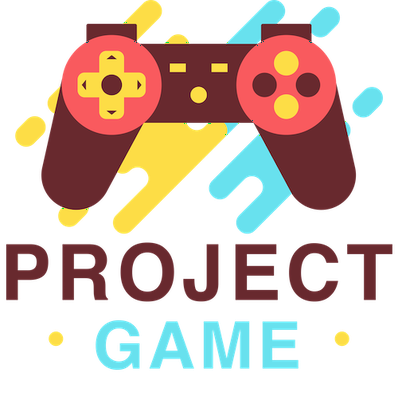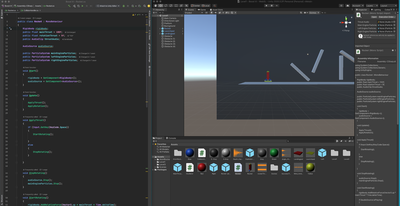Project GAME: Design and Development of a Unity 3D based middle school CS curriculum

Mete Akcaoglu, Ph.D. | Selcuk Dogan, Ph.D. | Charles B. Hodges, Ph.D. | Andrew Allen, Ph.D.
Georgia Southern University
Supported by NSF (#2027948)

Why game design?
- Game design is fun and engaging/appealing for students (and teachers)
- It (can) target cognitive and motivational outcomes
- It can lead to future jobs
- GA Bill - CS Mandate
Why game design with Unity?

- Unity is an industry-standard software
- It is uses C# + and a Game-Development Engine
- Is a direct connection to real-life game development
- Block-based coding has limits
Unity Workflow

Project GAME
Followed GDL (Akcaoglu, 2016)’s structure:
- Cognitive Goals
- Structured around Games as Units
- From simple to complex
- Repetition
ARCS (Attention, Relevance, Confidence, Satisfaction)
Project GAME
Year 1: Teacher Professional Development
- Online
- Summer institute (f2f, 4 days)
Year 2 (this year): Pilot + Implementation
What works:
Designers (Research Team & Teachers)go through the process as learners
Flow (Simple Games –> More complex games)
- Simple games: quick achievements + easier to grasp concepts
- Complex games: more fun + repetition of older concepts and new concepts
How to adopt and what to pay attention to:
Project GAME Website (last slide)
Follow key principles
- Simple to complex
- Games first
- Go through the design as learners
- Flexible curriculum
Key Resources
Project GAME Website (lesson plans & video guide)
Project GAME games
Unity Learn (free resources)
YouTube (of course!)
Udemy (cheap courses)
Questions and Comments
Email: mete dot akca at gmail com
Twitter: mete_akca